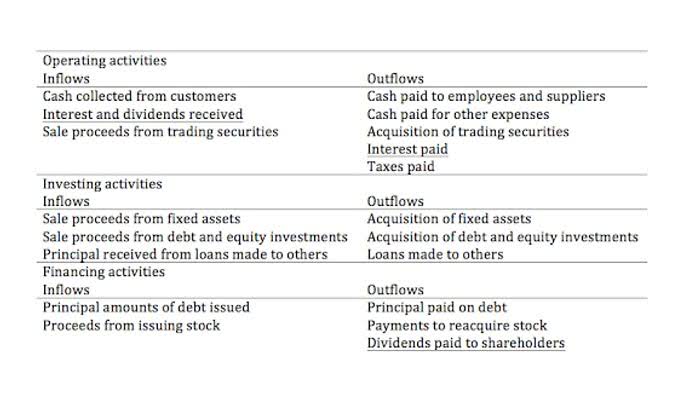
Businesses must carefully consider depreciation methods and their impact on tax savings when evaluating investment opportunities. The Sum of the Years’ depreciation tax shield formula Digits (SYD) method of depreciation is a valuable tool for businesses looking to maximize their tax shield. By accelerating depreciation, companies can reduce their taxable income in the early years of an asset’s life, thereby deferring tax payments and improving cash flow.
Incorporating Tax Shield in Capital Budgeting Analysis
- No, tax shields can also be applicable to individuals who are allowed to deduct certain expenses, such as mortgage interest, charitable donations, and medical expenses, from their taxable income.
- This can free up more cash flow for other uses, such as paying down debt or investing in new opportunities.
- There are all sorts of opportunities to help reduce the total tax amount you owe when submitting tax filings.
- A tax shield is used to reduce a company’s taxable income, thereby reducing its tax liability and increasing its after-tax earnings.
- However, the interest tax shield approach encourages the companies to finance the projects with debt since the dividends paid via equity investors are not tax-deductible.
- Tax shield for an individual is beneficial when you want to buy a home, using a mortgage or a loan.
Taxpayers can deduct donations made to qualified charitable organizations from their taxable income. A tax credit is a direct reduction in the amount of tax owed, rather than a reduction in taxable income. Tax credits are offered for a variety of purposes, such as investments in certain industries, research and development, and energy efficiency.
Maximizing Your Tax Benefits with Strategic Depreciation
Conversely, a services business may have few (if any) fixed assets, and so will not have a material amount of depreciation to employ as a tax shield. A tax jurisdiction, however, may not allow the use of accelerated depreciation for Interior Design Bookkeeping tax returns purpose. In that case, companies use straight line depreciation which generally limits the impact of tax shield that could result from depreciation.

Examples of non-deductible business expenses
The straight-line depreciation method allocates the cost of fixed assets evenly over their useful lives, determining book value and depreciable basis for calculating depreciation tax shield. Depreciation Tax Shield is a tax saving benefit allowed in many countries retained earnings to businesses. It is a reduction in taxable income that a company may take advantage of by deducting the amount of depreciation on their assets from their taxable income, therefore reducing the amount of tax they owe. The depreciation tax shield is a powerful tool in the arsenal of business tax strategies. It provides flexibility in managing tax liabilities and can be tailored to suit the financial goals and operational needs of businesses of all sizes.

Impact of Accelerated Depreciation on the Depreciation Tax Shield

The tax shield is created by deducting certain expenses and costs from a company’s taxable income, which reduces the amount of income subject to taxation. Tax shield refers to the reduction in taxable income that results from deductions, credits, or other tax-related expenses. In other words, tax shield is a way to reduce your tax liability by deducting certain expenses from your taxable income.
- Depreciation is a critical concept in accounting and finance, serving as a method for allocating the cost of an asset over its useful life.
- This method allocates the depreciable cost of an asset over its useful life based on the actual amount of output it produces.
- The book value of an asset is crucial for financial reporting and determining the amount of depreciation expense to be recognized each accounting period.
- The journey thus far has been enlightening, and now, as we approach the final stretch, let us reflect on the key takeaways and implications.

The benefit of using depreciation with a tax shield is that you can subtract any depreciation expenses from taxable income. The typical deductions accounted for in a tax shield calculation tend to be interest paid on any debts, depreciation of assets, and sometimes, amortization of intangible assets. The Tax Shield Formula is actively used by companies for strategizing their financial decisions, especially those related to debt management. Examples of tax shields include deductions for business expenses, depreciation of assets, tax credits for investments in certain industries, and deductions for interest expense on debt. This interest is deductible from taxable income, reducing the company’s tax liability.

How Is Tax Shield Interest Calculated?
Maintaining detailed records is crucial to substantiate these deductions during audits. Identifying qualifying operational costs helps businesses reduce taxable income and improve cash flow, supporting long-term growth. These deductions reduce a taxpayer’s taxable income for a given year or defer income taxes into future years. Tax shields ultimately reduce the amount of taxes owed by an individual or business.
